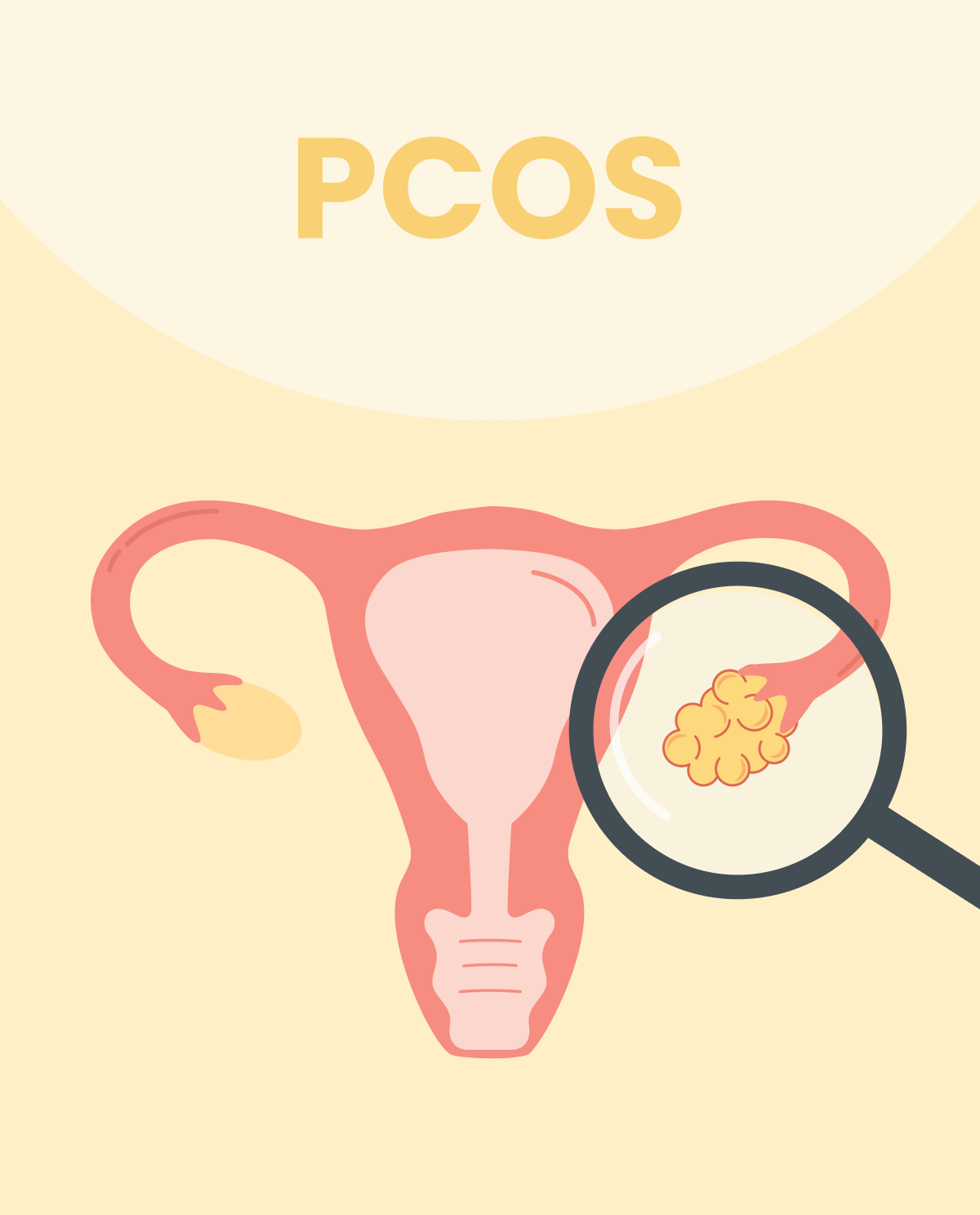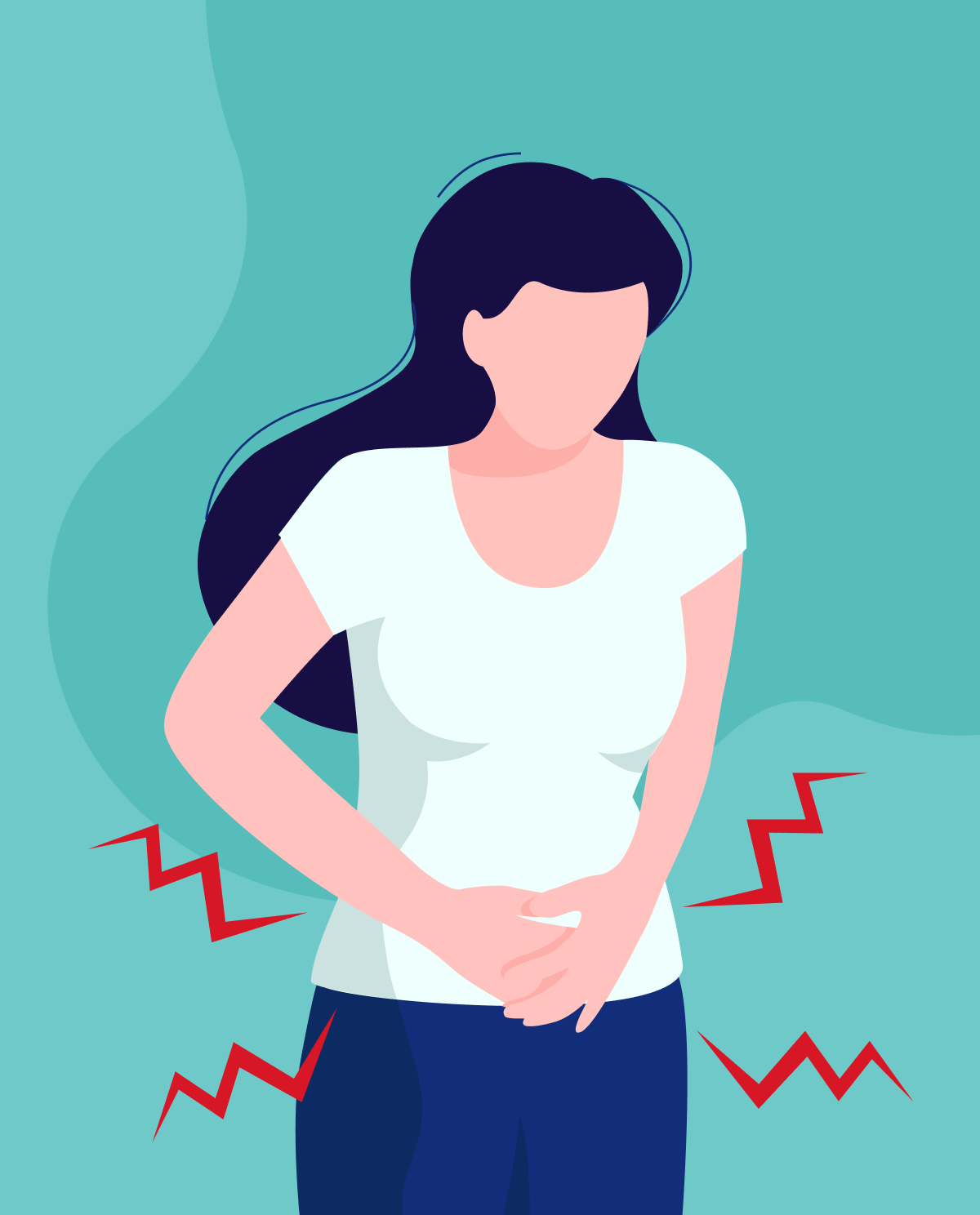Causes of PCOS
The exact cause of the disease is still unknown but various factors have been associated with its development.
- Heredity: Although the pattern of heredity hasn’t been discovered yet, it was observed that 20-40% of women with PCOS have a direct relative with the condition.
- Chronic / low-grade inflammation: patients presenting with long-term low-grade inflammatory processes have higher chances of developing PCOS.
- Insulin resistance: pathologic process in which cells present in the liver, muscles, and fat tissue don’t respond to raising blood sugar thus resulting in the release of more insulin, which raises the levels of male sex hormones. Typically, insulin-resistant patients develop darkening of the skin in the groin, armpits, and neck region.
- Excess male sex hormones: high levels of male sex hormones impede ovulation. Excess male hormones induce acne, facial hair growth, and the development of scalp hair thinning.
Symptoms associated with PCOS
- acne, facial hair growth, male pattern thinning of hair,
- period irregularities ranging from missed periods to very light bleeding,
- infertility,
- large cystic ovaries on ultrasonography,
- weight gain (common around the abdominal area),
- darkening of the skin in the groin, neck, and armpit area.
Complications associated with PCOS
- prediabetic state to diabetes type II and gestational diabetes,
- mood changes accompanied by eating disorders and/or depression,
- steatohepatitis (buildup of lipids in the liver resulting in liver inflammation),
- infertility, miscarriage, and preterm birth,
- increased risk of endometrial cancer.
Diagnosis of PCOS
Before any tests are administered, your primary healthcare physician will get a full patient history with duration, symptoms experienced, history, medication, and physical exam (to check for skin changes, and pelvic masses/changes). Tests usually recommended after suspicion of the disease include the following:
- Blood tests: these will detect any abnormalities in androgen hormones, lipid panel, and fasting blood glucose.
- Transvaginal ultrasonography will be used to detect the appearance of your ovaries and to check for any other irregularity observed.
Treatment
The first change that your primary healthcare physician will request from you is to lead a healthier lifestyle with a calorie deficit and regular exercise.
Two main forms of treatments are used depending on the condition:
- If you wish to become pregnant, your primary healthcare provider might recommend medication to induce ovulation such as clomiphene, gonadotropin injections, and letrozole. If ovulation-stimulating medication doesn’t work, metformin will be added, a type II diabetic drug that improves insulin resistance and it works synergistically with clomiphene.
- For period regulation, progestin treatment for a period of 10 to 14 days monthly or combination birth control therapy (progestin and estrogen) may be used.








